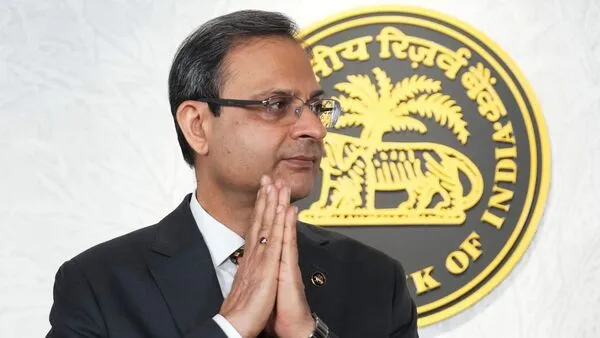India's Wholesale Inflation Declines to Historic Low in October 2025

India's wholesale inflation has decreased sharply to -1.21% in October 2025, reaching a 27-month low, primarily due to significant deflation in food prices and softer costs across fuel and manufactured goods. This data, released by the Ministry of Commerce and Industry, marks a substantial drop from a slight increase of 0.13% recorded in September and a year-on-year rate of 2.75%.
The decline in the Wholesale Price Index (WPI) is attributed to lower prices in food articles, crude oil, natural gas, electricity, mineral oils, and basic metals. Notably, food inflation has seen the most dramatic fall, with overall deflation widening to 8.31% from 5.22% in September. Key staples such as vegetables and pulses experienced steep price drops, particularly onions and potatoes.
Vegetable prices plummeted by 34.97% in October, compared to a decrease of 24.41% in September. Pulses also saw a deflation rate of 16.50%, while potato prices fell by 39.88% and onion prices dropped by an astonishing 65.43%.
Inflation for manufactured products decreased to 1.54% from 2.33% in the previous month. The fuel and power sector has remained in deflation for seven consecutive months, recording a slight dip to -2.55% from -2.58% in September.
Analysts predict that wholesale prices will remain subdued in the upcoming months, aided by a favourable base effect and the impact of recent tax cuts. Paras Jasrai, Associate Director at India Ratings and Research, indicated that WPI deflation is expected to be below 1% in November.
The decline in wholesale inflation follows a reduction in Goods and Services Tax (GST) rates on September 22, which streamlined the tax structure for various mass-consumption goods down to two slabs of 5% and 18%. This adjustment has contributed to lower retail and wholesale prices.
Recent retail inflation data revealed a drop in the Consumer Price Index (CPI) inflation to a record low of 0.25% in October, down from 1.44% in September, influenced by GST rationalisation and a high base effect.
In light of these developments, the Reserve Bank of India maintained its policy rate at 5.5% during its last review. However, with both WPI and CPI showing significant declines, expectations are mounting that the Monetary Policy Committee may consider lowering the repo rate in their upcoming meeting scheduled for December 3 to 5.
While domestic growth trends may not strongly justify monetary easing, Jasrai suggests that the central bank could opt for a 25 to 50 basis point rate cut to counteract prolonged economic sluggishness. Retail inflation for the fiscal year 2026 is now projected to fall to approximately 2.5%. Industry leaders share a similar outlook, expressing confidence that wholesale inflation will remain stable, supported by soft global crude prices, sufficient food grain stocks, and a robust kharif harvest.

Bihar Elections: PM Modi Celebrates NDA's Significant Victory

Bihar Election Results: NDA Triumphs with Unexpected Outcomes

Indian Equity Markets Show Modest Gains Amid Late Buying Activity

Iran Seizes Marshall Islands Tanker in Strait of Hormuz, US Confirms





